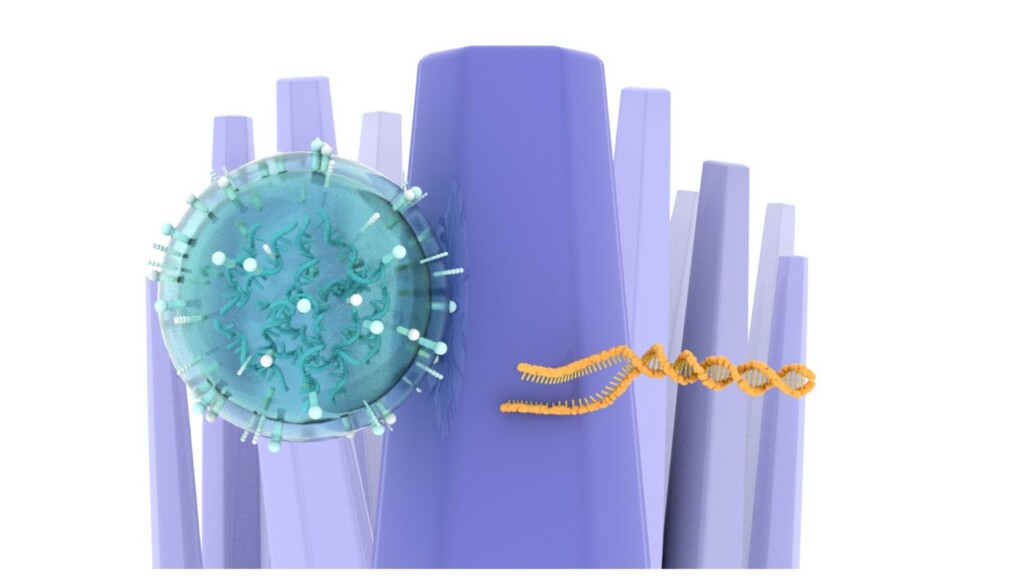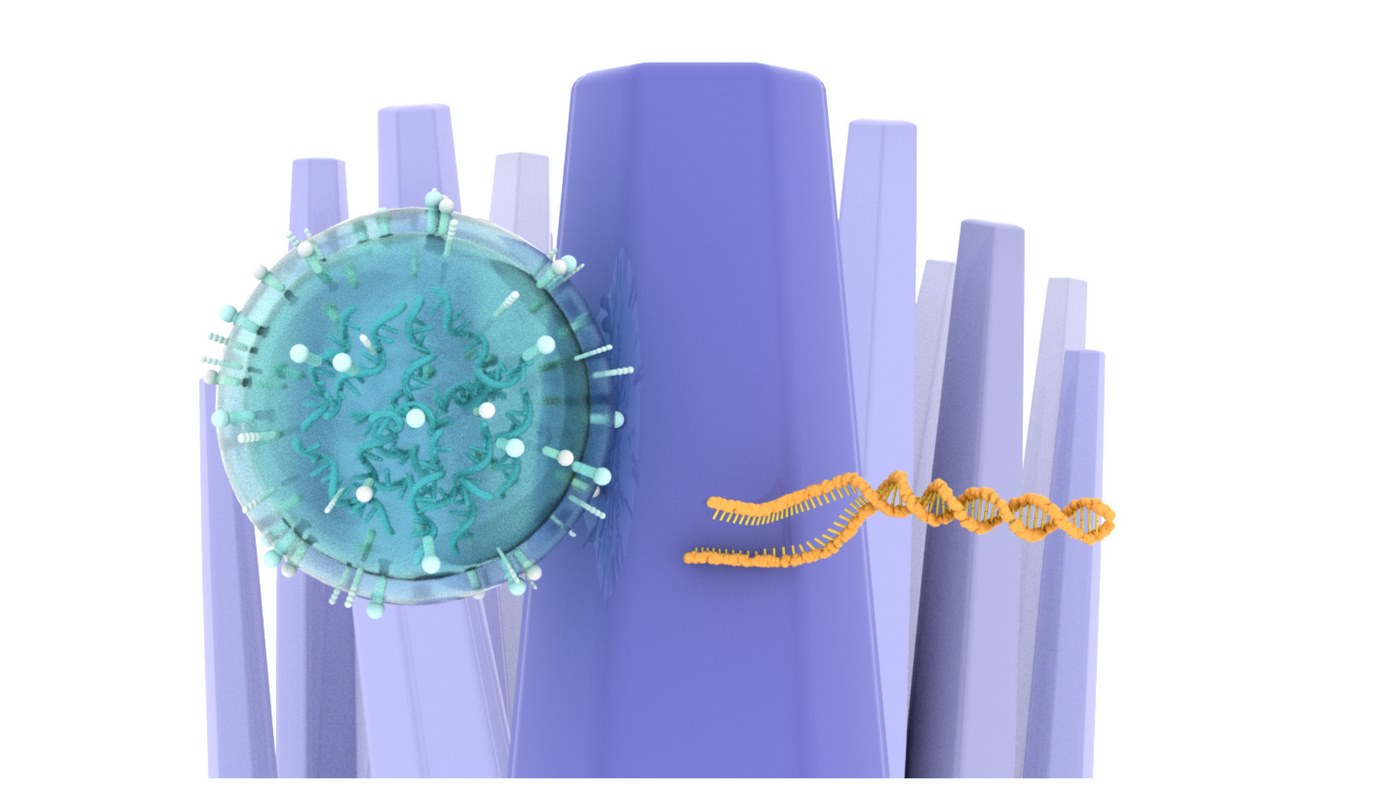
Glioma tumors in the brain have a survival rate of 12-18 months when advanced, but now, a simple urine test which could be administered in routine check-ups can detect the cancer even in its earliest stages.
The inventors believe the same technique could be used to spot early signs of other hard-to-detect cancers as well.
Brain cancers are often detected late and so are difficult to remove using surgery. Most sufferers aren’t aware of a glioma—a brain tumor, until they get symptoms such as paralysis of the limbs.
But now, researchers have found a way of capturing cancer DNA using nanowires in urine which will give patients vital extra time.
Led by a team at Japan’s Nagoya University, scientists were able to successfully detect IDH1 mutation, a characteristic genetic mutation of gliomas.
The team, whose findings are published in the journal Biosensors and Bioelectronics,
suggest their invention could be used in routine physicals to catch early signs of the disease.
“The detection of these cells as a non-invasive way to check for cancer has been approved by the US Food and Drug Administration for cancer screening, diagnosis, prognosis, and monitoring of cancer progression and treatment response,” said Professor Takao Yasui, a member of the research group.
The test works because brain tumors release small DNA particles as they grow and although much is cleaned up by the body, excess particles are excreted in urine.
“However, a major bottleneck is the lack of techniques to isolate these particles, known as cfDNA efficiently from urine, as the excreted cfDNA may be short, fragmented, and low concentration,” details Yasui.
The team came up with a solution in the form of a catch-and-release method on zinc oxide (ZnO) nanowire surfaces to capture cfDNA and extracellular vesicles from gliomas.
MORE BREAKTHROUGHS FROM JAPAN: World’s First ‘Tooth Regrowth’ Medicine Moves Toward Clinical Trials in Japan
ZnO was chosen because water molecules adsorb on the surface of ZnO nanowires. These water molecules then form hydrogen bonds with any cfDNA in the urine sample.
The bonded cfDNA can then be washed out, allowing researchers to isolate trace amounts of it in a sample.
WE’RE KILLING IT WITH NEW CANCER TESTS: New Prostate Cancer Test Makes Diagnosis from Urine in 20 Minutes With Near 100% Accuracy, Researchers Say
“Our technique was a resounding success,” said Yasui. “We succeeded in isolating urinary cfDNA, which was exceptionally difficult with conventional methods.”
“Although we tested gliomas, this method opens new possibilities for the detection of tumor mutations. If we know the type of mutation to look for, we can easily apply our technique to detect other types of tumors, especially the detection of those that cannot be isolated by conventional methods.”
SHARE This Important Research With Your Friends…




















